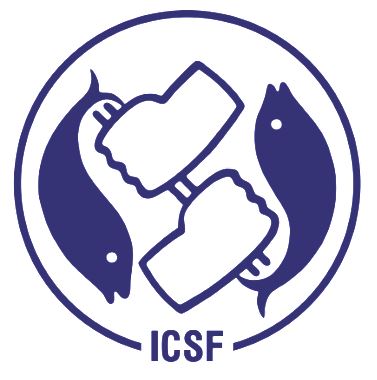Tacon, Albert G.J. and Hasan, Mohammad R. and Subasinghe, Rohana P. (2006) Use of fishery resources as feed inputs to aquaculture development: Trends and policy implications. FAO Fisheries Circular No. 1018 . Food and Agricultural Organisation (FAO), Rome. ISBN 0429-9329
Full text not available from this repository. (Request a copy)Abstract
Although aquaculture's contribution to total world fisheries landings has increased ten-fold from 0.64 million tonnes in 1950 to 54.78 tonnes in 2003, the finfish and crustacean aquaculture sectors are still highly dependent upon marine capture fisheries for sourcing key dietary nutrient inputs, including fishmeal, fish oil and low value trash fish. This dependency is particularly strong within aquafeeds for farmed carnivorous finfish species and marine shrimp. On the basis of the information presented within this fisheries circular, it is estimated that in 2003 the aquaculture sector consumed 2.94 million tonnes of fishmeal and 0.80 million tonnes of fish oil, or the equivalent of 14.95 to 18.69 million tonnes of pelagics (using a dry meal plus oil to wet fish weight equivalents conversion factor of 4 to 5). Moreover, coupled with the current estimated use of 5 to 6 million tonnes of trash fish as a direct food source for farmed fish, it is estimated that the aquaculture sector consumed the equivalent of 20-25 million tonnes of fish as feed in 2003 for the total production of about 30 million tonnes of farmed finfish and crustaceans (fed finfish and crustaceans 22.79 million tonnes and filter feeding finfish 7.04 million tonnes). At a species-group level, net fish-consuming species in 2003 (calculated on current pelagic input per unit of output using a 4-5 pelagic: meal conversion factor) included river eels, 3.14-3.93; salmon, 3.12-3.90; marine fish, 2.54-3.18; trout, 2.47-3.09 and marine shrimp, 1.61-2.02; whereas net fish producers included freshwater crustaceans, 0.89-1.11; milkfish, 0.30-0.37; tilapia, 0.23-0.28; catfish, 0.22-0.28; and feeding carp, 0.19-0.24. Particular emphasis within the report is placed on the need for the aquaculture sector to reduce its current dependence upon potentially food-grade marine capture-fishery resources for sourcing its major dietary protein and lipid nutrient inputs. Results are presented on the efforts to date concerning the search for cost-effective dietary fishmeal and fish oil replacers, and policy guidelines are given for the use of fishery resources as feed inputs by the emerging aquaculture sector.
| Item Type: | Books |
|---|---|
| Class Number: | 210.USE004 |
| Keywords: | Aquaculture, FAO, Fisheries Resources, Fisheries Policy, Fish Meal, Fish Oil, Trash Fish, Capture Fisheries, Sustainable Management |
| Subjects: | Right to Resources |
| Depositing User: | Chitti Babu ICSF |
| Date Deposited: | 15 Nov 2021 06:31 |
| Last Modified: | 20 Dec 2021 09:15 |
| URI: | http://icsfarchives.net/id/eprint/4225 |
Actions (login required)
 |
View Item |


